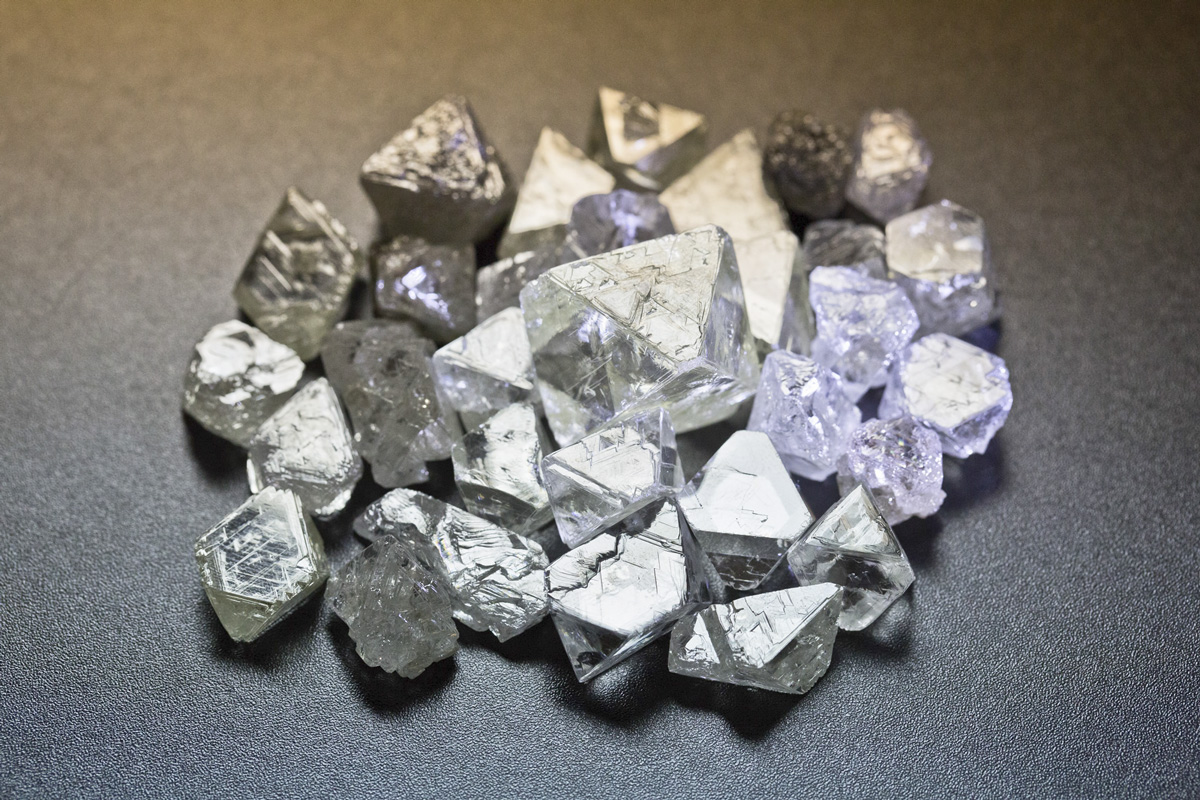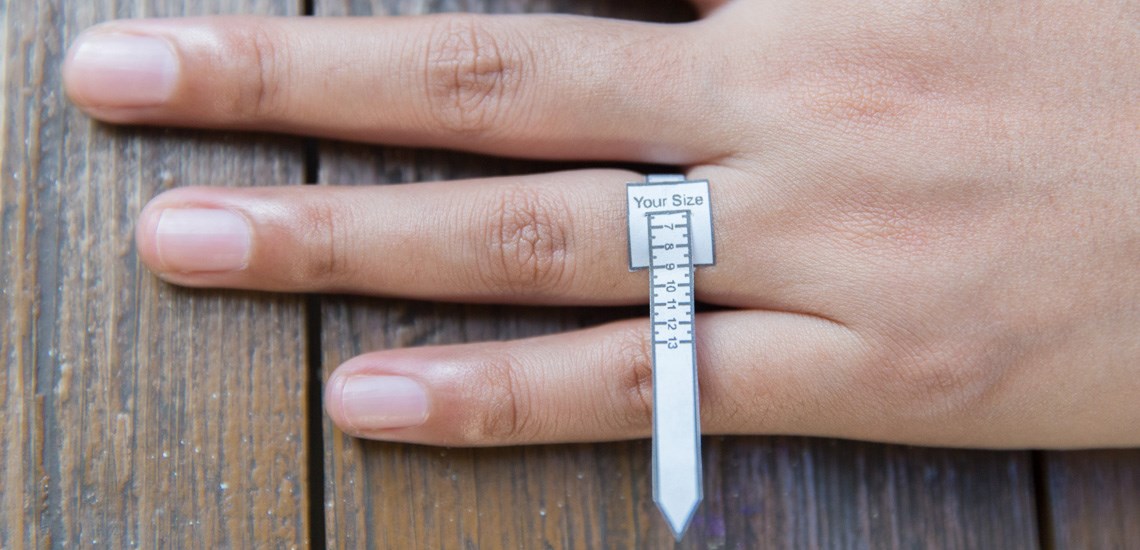How to Select Diamonds: A Guide to Finding the Perfect Gem
Choosing a diamond is a significant decision. It’s not just a piece of jewelry; it’s a symbol of commitment, love, or a personal milestone. With so many choices, how do you know you’re getting the right one? In this guide, we’ll explore the key factors to consider when Selccionar diamantes, from the famous “4 Cs” to budget considerations and ethical sourcing.
Table of Contents
Understanding the 4 Cs
When selecting diamonds, you might hear about the “4 Cs”: Cut, Color, Clarity, and Carat. Each plays a unique role in determining a diamond’s value and beauty.
- Cut: This determines how well a diamond reflects light. A well-cut diamond will have a dazzling sparkle, while a poorly cut one may look dull. Think of it like a mirror: the more precisely it’s cut, the better it reflects.
- Color: Diamonds come in a range of colors, from colorless to yellow or brown. The less color a diamond has, the more valuable it is. But even a diamond with a subtle tint can be beautiful.
- Clarity: This refers to the presence of internal or external flaws, known as inclusions and blemishes. A diamond with fewer inclusions will be more valuable.
- Carat: This is the weight of the diamond. Generally, the larger the carat, the more expensive the diamond, but it doesn’t always mean it’s better. Smaller diamonds with excellent cut and clarity can be just as stunning.
Budgeting for Your Diamond
Buying a diamond can be expensive, but there are ways to make it affordable without compromising quality. A smaller diamond with a better cut can look more impressive than a larger, poorly cut stone. Consider setting a budget and sticking to it. “A diamond doesn’t have to break the bank to be beautiful,” says jewelry expert Emily Collins.
Choosing the Right Setting
The setting is just as important as the diamond itself. It frames the gem and affects its overall appearance. Popular settings include:
- Prong: This classic style uses small metal claws to hold the diamond in place, allowing more light to pass through.
- Bezel: This style surrounds the diamond with a metal rim, offering extra protection.
- Halo: A ring of smaller diamonds encircles the center stone, adding extra sparkle.
Choosing the right setting can enhance the diamond’s beauty and protect it from damage.
Ethical Considerations
In recent years, the ethical sourcing of lab created diamonds has become a critical issue. Conflict diamonds, also known as “blood diamonds,” are those mined in war zones and sold to finance conflict. To ensure you’re buying an ethical diamond, look for those with a Kimberley Process Certification. “It’s important to know where your diamond comes from,” says gemologist Sarah Winters. “Ethical diamonds not only look good but make you feel good about your purchase.”
Making the Final Decision
Selecting a diamond is a personal journey. Take your time, ask questions, and compare options. Visit reputable jewelers and seek expert advice. As you consider your choices, remember that the perfect diamond is the one that speaks to you.
Conclusion
Select Diamonds can be daunting, but understanding the 4 Cs, setting a budget, choosing the right setting, and considering ethical factors can guide you in the right direction. At the end of the day, the best diamond is the one that fits your style and budget, and makes you feel special. When you find that gem, you’ll know it’s the right one.




